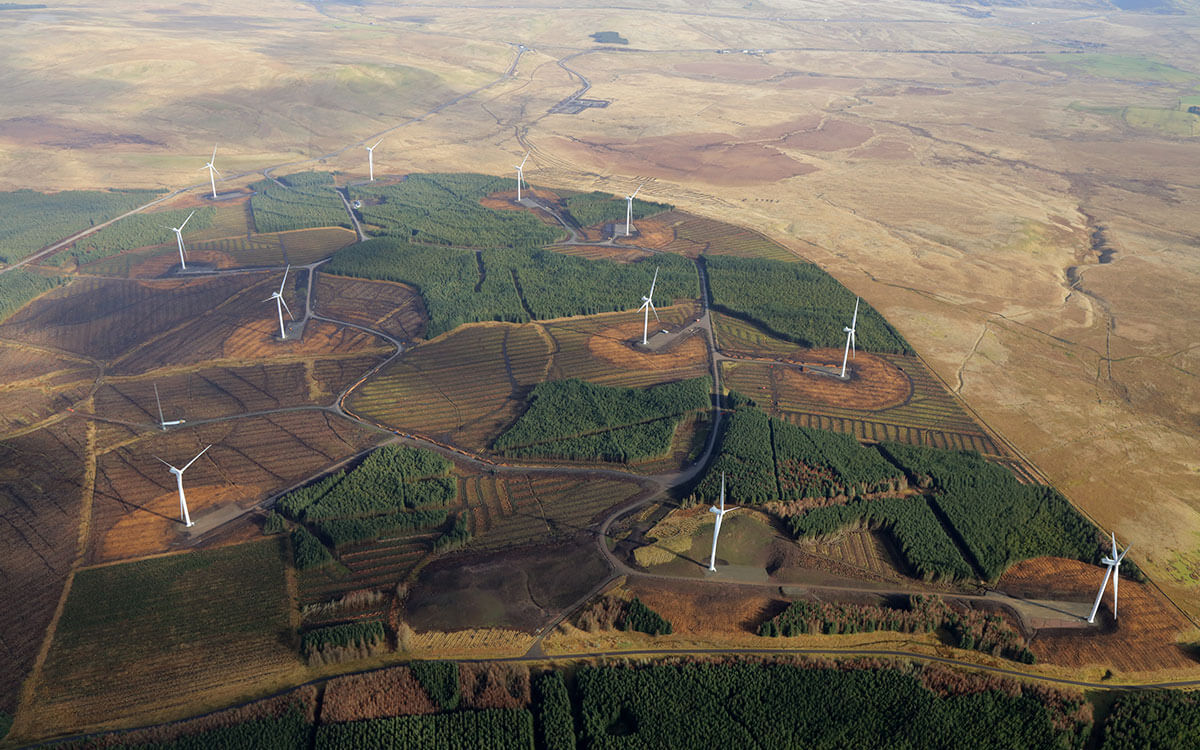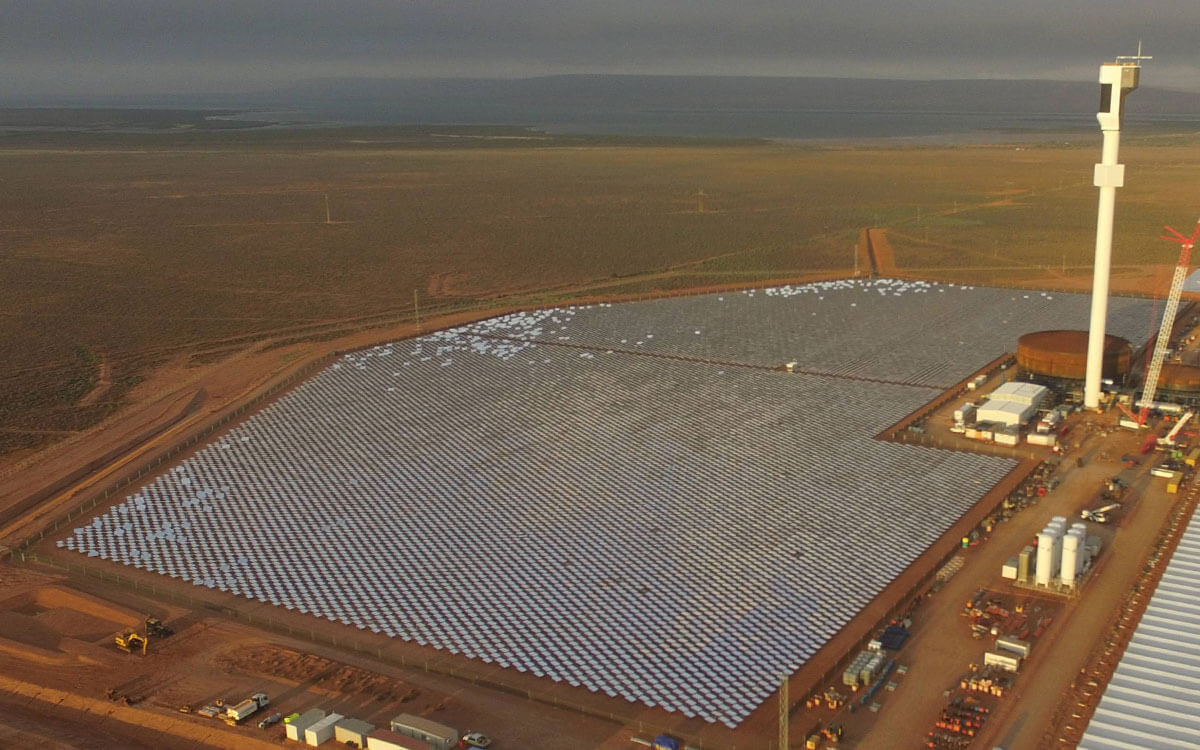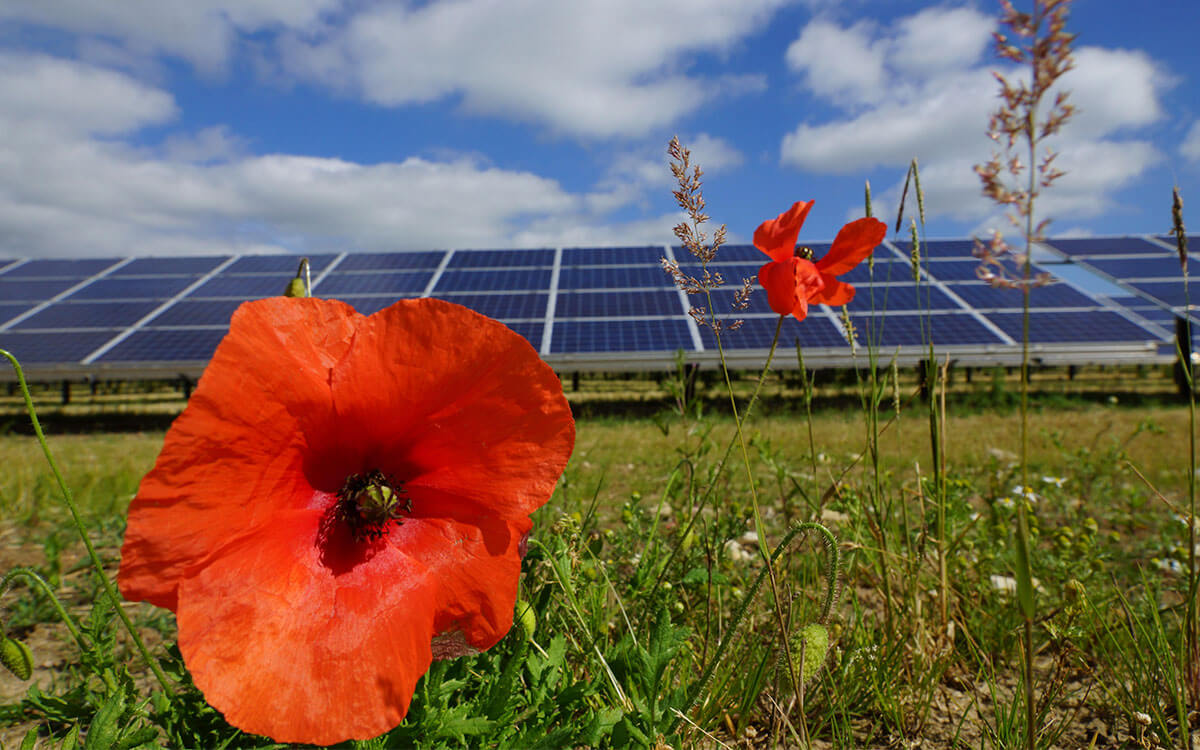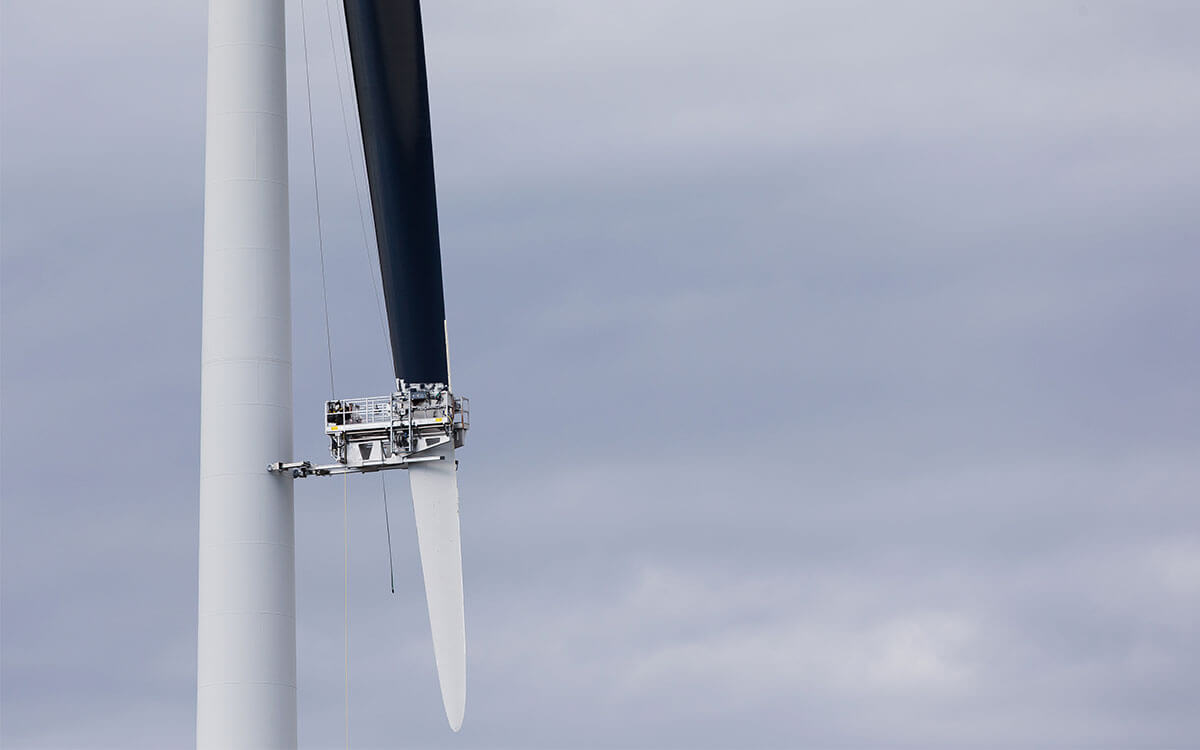Guidelines for mitigating the impacts of wind and solar projects on biodiversity
Climate change and biodiversity loss are two of the biggest global crises that we currently face. Climate change is no longer a maybe something to be worried about in a dim and distant future. It is already here and we are feeling its effects every day. Biodiversity loss on the other hand is something that has been happening quietly for a long time, but its effects are less evident to many sectors of society.
As the effects of climate change have become more dramatically evident, society has sought solutions to mitigate them and to adapt to the changing world. The use of fossil fuels and deforestation are two of the major drivers of climate change. The crisis of biodiversity loss has also been exacerbated by deforestation and the effects of climate change.
Renewable energies are viewed as a viable alternative to fossil fuels to satisfy the great global energy demand, as well as as a solution for mitigating climate change. Energy production by wind and solar farms are amongst the most popular renewables and there has been a dramatic increase in their demand in the last few decades.


Wind and solar farms emerged several decades ago as an alternative form of energy production to supply the worlds energy demands. Left: Andershaw Statkraft 36.3 megawatt Wind farm, Scotland Photo: Statkraft. Right: Port Paterson solar farm, Australia Photo: David Clarke.
Although these energies contribute to mitigating the effects of climate change, they should be implemented with care. Their implementation can have significant negative impacts on biodiversity, including the mining of the materials that are used for their construction, the impacts on the sites and habitats where these projects are located, and direct physical impacts on individual species in some cases.
However, it is not all bad news. Just as there are examples of the undesired impacts of clean energy projects on biodiversity, there are also numerous examples where practices have been implemented to avoid, minimize, mitigate, offset and restore damage to biodiversity. Such practices have been developed as we have learned more about the industries and their impacts.
Shorebirds have suffered habitat loss and alteration as a result of the installation of these industries, in addition to other frequent disturbances such as disruption of their daily activity, collision of migrating individuals with coastal and off-shore wind farms and those on the high seas, as well as the potential for electrocution, amongst others.
Nonetheless, there are initiatives that have concentrated on studying the relationship between these developments and biodiversity, that have worked to design guidelines so that these industries can effectively manage the risks and improve their results in relation to biodiversity protection and ecosystem services.


Many clean energy projects such as solar and wind farms are implementing practices that reduce negative, undesirable impacts on biodiversity. Left: Some solar farms are incorporating vegetation corridors so that fauna can move freely amongst them. Photo: Juwi Renewable Energies Limited. Right: Wind turbines can be made more visible to birds by painting them black, and thus reduce fatal collisions. Smøla Statkraft Wind Farm. Photo: Espen Lie Dahl.
In a collaborative effort between the International Union for the Conservation of Nature, representative companies from the energy sectors and the The Biodiversity Consultancy, have created guidelines for project developers, Mitigating biodiversity impacts associated with solar and wind energy development.
The guidelines are compiled from the combined experiences of three energy companies as well as BirdLife International, Fauna & Flora International, The Nature Conservancy and Wildlife Conservation Society. They assist stakeholders in understanding and managing the risks to biodiversity that are associated with solar and wind projects, by emphasizing the scientific bases of good practice for these industries. They also provide more than thirty examples and case studies from across the world.
The information contained within the document is also relevant to government planners from the energy sector, and to other government and civil society organisms that are concerned with conservation and nature planning. Similarly, the guidelines can be used by governments to develop national permit requirements for the establishment of such industries, design environmental impact assessments, spatial planning exercises, establish conservation objectives and assure compliance with international agreements.
If you would like to learn more about the good practices that wind and solar projects must follow to minimize their impacts in areas of importance for biodiversity you can watch the event launch video of the guidelines.
Cover Photo: Andershaw Statkraft 36.3 megawatt Wind farm, Scotland. Photo: Statkraft.






